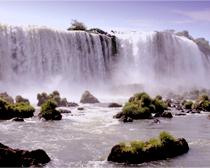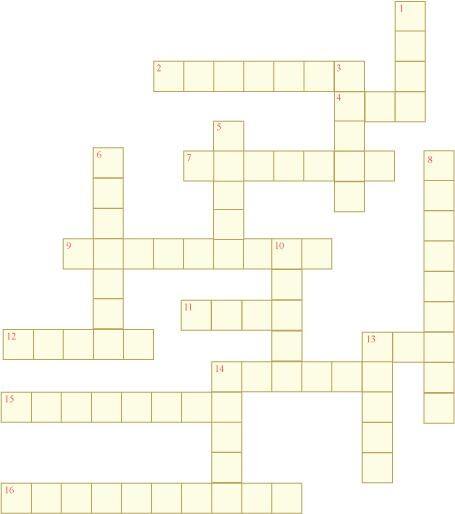Sponsor Area
Our Changing Earth
Give reasons.
(i) Some rocks have a shape of a mushroom.
(ii) Flood plains are very fertile.
(iii) Sea caves are turned into stacks.
(iv) Buildings collapse due to earthquakes.
(i) In deserts, one can see rocks in the shape of a mushroom—with a narrower base and a wider top. These are known as mushroom rocks. Such rocks are formed when the winds erode the lower section of a rock more than the upper part.
(ii) Flood plains are formed as a result of the depositional activity of rivers. Rivers carry along with them eroded material like fine soil and sediments. When it overflows its banks, it deposits the eroded material and causes flood plains to be formed. The deposited material makes the land fertile.
(iii) Stacks are formed as a result of the erosional activity of the sea waves. When sea waves continuously strike rocks, cracks develop in them. As these cracks become larger and wider, hollow caves get formed on the rocks. These are called sea caves. As the waves keep striking the rocks, the cavities become bigger and bigger, with only the roof remaining at the end. Such structures are known as sea arches. Further erosion breaks the roof, and only walls remain. These wall-like features are known as stacks. Thus, sea caves are ultimately converted into stacks.
(iv) Earthquakes are the sudden vibrations caused within the Earth’s surface as a result of the movement of the Lithospheric plates. Such vibrations, when they are of a high intensity, cause damage to the things on the Earth’s surface. Various human-made (e.g., buildings) and natural (e.g., trees) constructions can break down and collapse under the effect of the vibrations because they are situated on the Earth’s surface.
Some More Questions From Our Changing Earth Chapter
Activity.
Observe the photographs given below. These are various features made by a river. Identify them and also tell whether they are erosional or depositional or landforms formed by both.
Photograph
Name of the Feature
Type
[Erosional or Depositional or Both]

–
–

–
–

–
–
Photograph
Name of the Feature
Type
[Erosional or Depositional or Both]

–
–

–
–

–
–
For fun.
Solve the crossword puzzle with the help of given clues.

Across
Down
2. Loop like the bend of a river
1. Rise and fall of water caused by frictionof wind on water surface
4. Solid form of water
3. Flow of water in a channel
7. Moving mass of ice
5. Steep perpendicular face of a rock alongsea coast
9. Sudden descent of water in the bed of a river
6. Debris of boulder and coarse materialcarried by glacier
11. Natural cavity on weak rocks formed by action of waves
8. Crescent-shaped lake formed by a meandering river
12. Embankment on a river that keeps itin its channel
10. Fine sand deposited by the action of the wind
13. Large body of sea water
13. Isolated mass of rising steep rock near acoastline
14. Dry area where sand dunes are found
14. Alluvial tracts of land formed by river deposits at mouth of the river
15. Small hill of sand caused by the action of the wind
–
16. Flat plain formed by river deposits during time of flood
–

Across
Down
2. Loop like the bend of a river
1. Rise and fall of water caused by frictionof wind on water surface
4. Solid form of water
3. Flow of water in a channel
7. Moving mass of ice
5. Steep perpendicular face of a rock alongsea coast
9. Sudden descent of water in the bed of a river
6. Debris of boulder and coarse materialcarried by glacier
11. Natural cavity on weak rocks formed by action of waves
8. Crescent-shaped lake formed by a meandering river
12. Embankment on a river that keeps itin its channel
10. Fine sand deposited by the action of the wind
13. Large body of sea water
13. Isolated mass of rising steep rock near acoastline
14. Dry area where sand dunes are found
14. Alluvial tracts of land formed by river deposits at mouth of the river
15. Small hill of sand caused by the action of the wind
–
16. Flat plain formed by river deposits during time of flood
–
Sponsor Area
Mock Test Series
Mock Test Series





